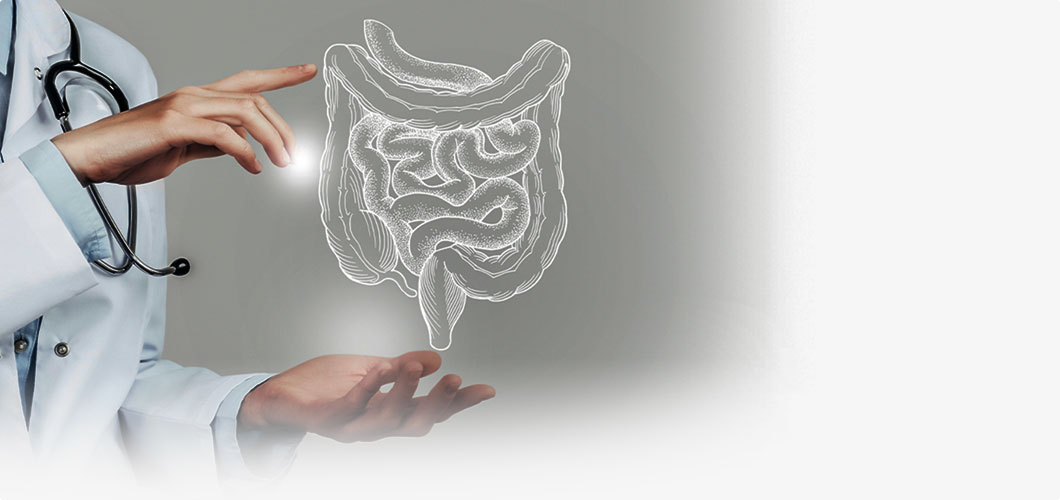
A gastroscopy is also known as an OGD, which stands for oesophago-gastro-duodenoscopy. It is an important diagnostic procedure for the upper gastrointestinal (GI) tract, allowing the doctor to examine the oesophagus (“food pipe” in the throat), stomach and the beginning of the small intestines in detail.
A gastroscope is made of a soft, thin (smaller than a pinky) and flexible tube connected to a light source and video camera. During the procedure, the gastroscope is gently inserted through the mouth and advanced in, allowing the doctor to examine the upper GI tract accurately with clear and real-time images that are projected onto a TV screen.
Who Needs to Have a Gastroscopy?
- Gastric cancer screening
- Evaluation of ulcers or polyps
- Evaluation of upper abdominal discomfort
- Evaluation of gastrointestinal bleeding
- Evaluation of anaemia
- Evaluation of swallowing problems
- Evaluation of reflux and heartburn
Does a Gastroscopy Hurt?
No, it is not painful. A local anaesthetic spray is usually used (sometimes a light sedation as well), and the procedure usually lasts just around 10 minutes. It also does not affect one’s breathing as it does not go down the windpipe.
Patients may experience a mild sore throat or bloating and burping as air is often inflated to distend the stomach for a clearer view; but overall, a gastroscopy is a very well-tolerated procedure.
How Should One Prepare?
Prior to the procedure, be sure to follow your doctor’s instructions closely regarding fasting. Generally speaking, one must fast for at least 6 hours beforehand.
This is very important for two reasons:
- To minimise the risk of aspiration (of gastric contents into the lungs) and triggering an infection
- To ensure the stomach is completely emptied, allowing for good visualisation
When Gastric Polyps Need to be Removed
Sometimes, during the course of the gastroscopy, a gastric polyp(s) may be detected. These are abnormal growths along the inner lining of the stomach. While most are benign, some may become malignant over time.
These polyps are usually asymptomatic and the vast majority are discovered incidentally. All gastric polyps found must be biopsied to determine its nature. Depending on the lab findings, your doctor will determine the best course of action for you.
This may involve either polyp removal (polypectomy) or periodic monitoring. In cases where the patient is suffering from gastritis caused by a H. pylori bacterial infection, the doctor may recommend treating the infection, as doing so can make certain types of polyps disappear.
After a Gastroscopy
You will be observed for a few hours; and if all is well and the sedation has worn off, you will be discharged. Make sure that someone is available to drive you home, especially if you’ve had any form of sedation.
A gastroscopy is an incredibly safe and well-established procedure, especially when performed by an experienced doctor. However, should you experience fever, significant pain in the chest or abdomen, and bleeding, seek medical attention immediately.





